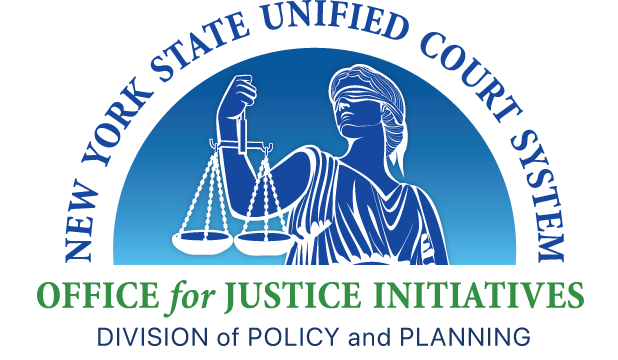Elder Abuse: Frequently Asked Questions
What is elder abuse?
According to the Centers for Disease Control and Prevention, elder abuse is an intentional act or failure to act by a caregiver or another person in a relationship involving an expectation of trust that causes or creates a risk of harm to an older adult. In New York, there is no authoritative legal definition of elder abuse.
How prevalent is elder abuse?
Elder abuse happens frequently. The federal government’s Elder Justice Roadmap Project Report indicates that one out of every ten people ages 60 and older who lives at home suffers abuse, neglect or exploitation. Financial abuse is particularly rampant, with over 36 billion dollars taken from older adults annually nationwide. Moreover, the growing number of older adults in our country means that the incidence of elder abuse is likely to increase.
Who experiences elder abuse?
Elder abuse impacts older adults of all races, backgrounds and socio-economic levels. Older adults who are cognitively impaired, physically frail, or socially isolated are at particularly high risk for abuse. People who experience elder abuse are four times more likely to be admitted to a nursing home, three times more likely to be admitted to a hospital and three times more likely to die than counterparts who have not experienced abuse. Older people who experience abuse become more dependent on caregivers. As a result, caregivers experience decline in their own physical and mental health and their financial security can suffer. Financial exploitation causes large economic losses that extend beyond the individual victim to families, businesses and government programs, and increases reliance on federal health care programs such as Medicaid. The annual direct medical costs associated with violent injuries to older adults in the United States are estimated at $5.3 billion.
Who commits elder abuse?
According to the National Elder Abuse Incidence Study, family members, most frequently adult children or grandchildren, are responsible for 90% of elder abuse incidents. Informal, paid or court-appointed caregivers can also commit abusive acts. Additionally, many professional con artists specifically target older adults.
Why are so many older adults the targets of financial scams?
Older adults may have access to significant assets, and often receive a regular monthly income. This, coupled with isolation and fears about dwindling assets, makes older adults more vulnerable to financial scams. Additionally, current neurological research shows that the areas of the brain that allow us to distinguish between true and false advertising, and to identify trustworthy faces, experience significant degradation with age. As a result, we become more vulnerable to elder abuse as we age. For more information about specific scams and how to prevent them, visit consumerfinance.gov or ftc.gov
If elder abuse is so prevalent, why aren’t more people talking about it?
Elder abuse is vastly underreported. According to New York State’s Elder Abuse Prevalence Study, only one in 24 elder abuse cases are reported to law enforcement or social service agencies. Older adults may be reluctant to report abuse for many reasons, including: shame, denial, self-blame, fear of the abuse getting worse, fear of repercussions for the person commiting the abuse, fear of being forced to leave home or losing independence, and distrust of law enforcement and other government agencies. Additionally, many older adults may be unable to report abuse due to physical or cognitive impairments or lack of knowledge about where to report.
What are some red flags that indicate an older adult may be at risk for elder abuse?
Since older adults are statistically unlikely to disclose abuse directly, it is critical to be vigilant in identifying red flags that may indicate an older adult is at risk for abuse.
Some common red flags include:
- Changes in an older adult’s regular patterns of activity or behavior
- Sudden loss of financial independence or confusion about finances
- Unexplained physical injuries
- Increased social or physical isolation
- Older adult appears fearful of caregiver
- Older adult appears unkempt, inappropriately dressed, or malnourished
- Older adult appears unusually reluctant to respond when spoken to
- Caregiver appears rough, rude, or negligent.
What is The Harry and Jeanette Weinberg Center for Elder Justice at the Hebrew Home at Riverdale?
People who experience elder abuse are often unsafe in their homes and need temporary shelter. However, homeless and domestic violence shelters are often ill-equipped to accommodate the medical, cognitive and cultural needs of older adults. The Weinberg Center, the nation’s first elder abuse shelter, was founded to address this critical gap in services. Located within the Hebrew Home at Riverdale, a long-term care community, the Weinberg Center provides each client with a holistic care plan including medical, therapeutic, legal and social services. The shelter is a short-term solution, and our team of professionals works with clients to create appropriate discharge plans. The Weinberg Center is grant funded, and accepts clients regardless of ability to pay.
Created by:



